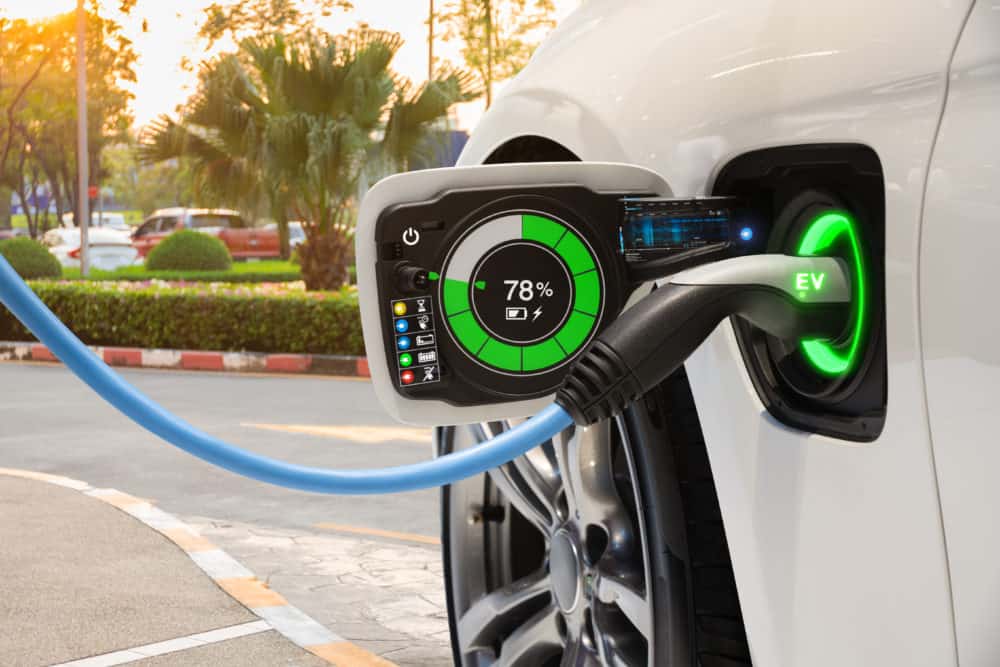
Electric vehicle manufacturing currently faces an “embedded carbon” challenge, says Jefferies’ Simon Powell.
“To gain the environmental dividend that governments are looking for, users are going to have to keep them longer, drive them further than they may have done with a conventional internal combustion energy vehicle,” Powell, head of global thematic research at the firm, told CNBC’s “Street Signs Asia” on Wednesday.
He explained that a “huge amount” of carbon is emitted when materials such as steel, aluminum and glass are created and put together to manufacture vehicles. He said the problem is compounded for electric vehicles, which currently tend to be heavier on average than their gasoline-powered counterparts.
“When they leave the factory, these (electric vehicles) are at a disadvantage,” he said. “They contain more steel. The brakes are bigger. The battery packs are certainly heavier.”
The relatively higher weight of electric vehicles today is a result of manufacturers’ focus on the range for these cars, Powell said. Unlike cars which run on internal combustion engines that have been around for decades, the charging infrastructure for electric vehicles is considerably less developed globally.
Importance of ‘green steel’
Powell predicted, however, the “embedded carbon” in electric vehicles is expected to eventually come down to levels that compare with conventional vehicles.
“The way this whole thing gets solved is greener steel,” he said. “The use of hydrogen in the manufacturing process for steel, as well, is something to look at.”
“I don’t think many people are talking about the greening of the steel industry,” the analyst said, admitting that it will be “very challenging” to decarbonize the sector globally.
The metal today is largely produced from coking coal, while the making of lower carbon steel tends to be both more resource intensive and costlier.
“I think it’s going to take a long time. We’re talking about large investments with … long paybacks, long time horizons,” Powell said.
Meanwhile, investors should also monitor the development of battery technology as more energy-dense cells will aid in bringing down the weight and potentially the embedded carbon of electric vehicles, Powell said.